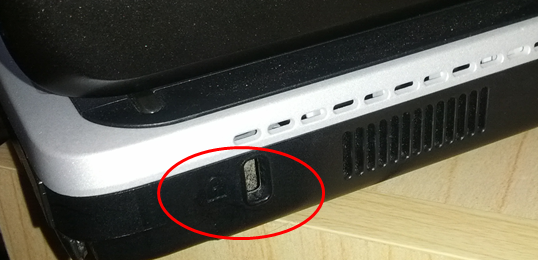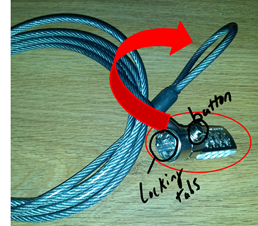Are You Safe and Secure? Follow-up Post
If you are going to hand your laptop to a prostitute as collateral while you visit an ATM, might I suggest that you use a service like FolderLock to secure the personal health information of the 652 clients you have stored on said laptop?
This was the news story I was reading this morning that immediately preceded me choking on my toast.
The woman of ill-repute thought the laptop more valuable than the forthcoming cash, so she pawned the laptop. Now, I doubt that anyone who had their mitts on the laptop really cared about the healthcare records, but I still wouldn’t want to be the owner of the laptop – or one of the people whose healthcare records were compromised. Or the prostitute, for that matter.
While I hope that most of us would not use our laptops filled with private student data, such as grades and assignments, as collateral for, well, any activity really, legal or illegal, having a laptop stolen is a real possibility. If it’s portable, it can walk away.
This might be a good time to review the FolderLock post and get your sensitive student information locked up.
Laptop cable lock
Now is also a good time to get a laptop cable lock to physically secure your computer if you don’t already have one. Granted, a cable lock wouldn’t have been much help in this circumstance since he voluntarily surrendered his laptop. But work with me. I’m trying to provide some new information here.
You’re at the coffee shop grading papers. You need to make a run to the restroom. Do you pack up your laptop and take it with you? Do you let it sit there unguarded? Perhaps you ask a stranger (!) to look after it? My recommendation? Use a cable lock.
On your laptop is a little slot built just for cable locks. The location varies from computer to computer. On my Fujitsu, it’s on the back corner. If you look carefully, you’ll see the lock icon to the left of the slot.

Take the lock end of the cable and wrap it through an open slat in a table or a chair. I also wrap mine through a handle on my laptop bag. Next, send the lock end through the loop at the other end of the cable. Now, attach the lock to the computer. If it’s a combination lock, enter the correct digits, then press the button on the lock. That will cause the tabs at the end of the lock to come together. Slip the compressed tabs into the lock slot on your computer. Let go of the button, and give the numbers on the combination lock a twirl. That’s it.

Of course this isn’t exactly high-tech security. Bolt cutters would slice through the cable in no time, but someone walking around a coffee shop with bolt cutters would certainly draw the attention of the other patrons.
Here’s a video of how to use one of Kensington’s newer models, the “Click Safe.” This video shows a keyed lock, but you can also get it as a combination lock. Mostly I just wanted to show you how to use any locking cable, regardless of the actual locking mechanism.